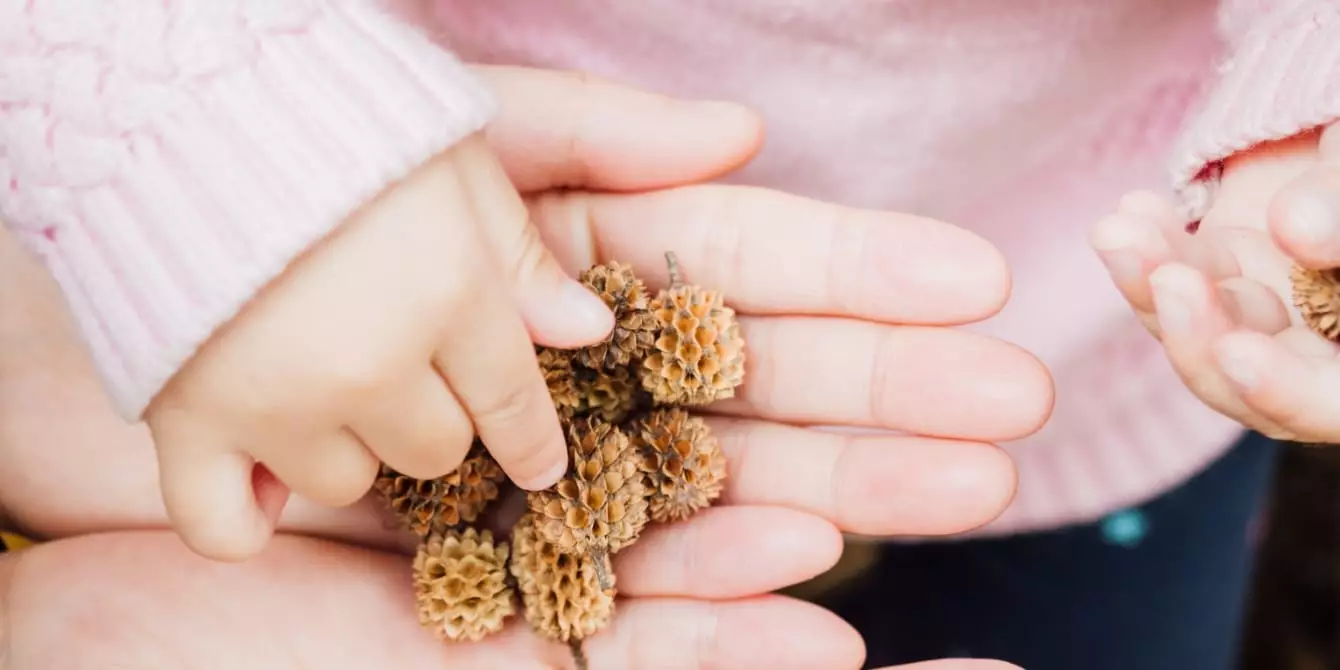As toddlers begin to navigate their environment, they unravel the complexities of their five senses. The development of touch, sight, sound, smell, and taste is paramount in this stage of life. These senses are not merely standalone experiences; they interweave to foster crucial developmental skills, such as motor skills, spatial awareness, and cognitive abilities. Engaging in sensory play is an effective way to cultivate these skills while simultaneously satisfying a child’s innate curiosity about the world around them.
One popular method to facilitate sensory play is through the use of sensory bins. These bins are typically shallow containers filled with diverse tactile materials that invite exploration. Traditional sensory bins often feature household staples like dry pasta, rice, or beans, providing children with opportunities to scoop and sift. However, there is a growing trend towards natural sensory bins that incorporate elements from the outdoors, such as leaves, pebbles, and dirt. This not only provides a range of textures but also an authentic representation of the natural world, enabling a more immersive learning experience.
Integrating outdoor materials into sensory bins presents numerous benefits. First, it exposes children to the textures, colors, and scents found in nature, fostering a deeper appreciation for the environment. This connection has the potential to lay the groundwork for future environmental stewardship. Additionally, the act of sourcing these materials can become an engaging family activity, promoting teamwork and communication. By allowing toddlers to assist in collecting items, caregivers can enhance their observational skills and verbal communication, cultivating a richer vocabulary through dialogue about textures, colors, and shapes.
When creating a sensory bin, the first step is selecting an appropriate container. Shallow and broad options work best, allowing for easy access and visibility. Recycled materials like a baking tray or shoebox can serve as excellent alternatives that are also cost-effective. After securing the container, take a family outing to gather materials. Aim for a diverse assortment of items encompassing various shapes, sizes, and colors, reflecting the diversity found in nature. Once gathered, arrange the materials within the bin and let the exploratory play commence!
While sensory play offers invaluable developmental opportunities, adult supervision is essential to ensure safety. Keep a watchful eye to prevent the ingestion of non-edible items, which can pose health risks. Moreover, this supervision allows caregivers to actively engage with toddlers, posing questions about the objects, fostering dialogues about their experiences, and promoting socialization by inviting peers to join the play.
Sensory play, especially through the use of sensory bins filled with natural materials, serves as a powerful tool in nurturing a toddler’s development. By facilitating exploration through touch, sight, and sound, caregivers help cultivate independent, mindful, and curious individuals ready to embark on a lifelong journey of learning.

